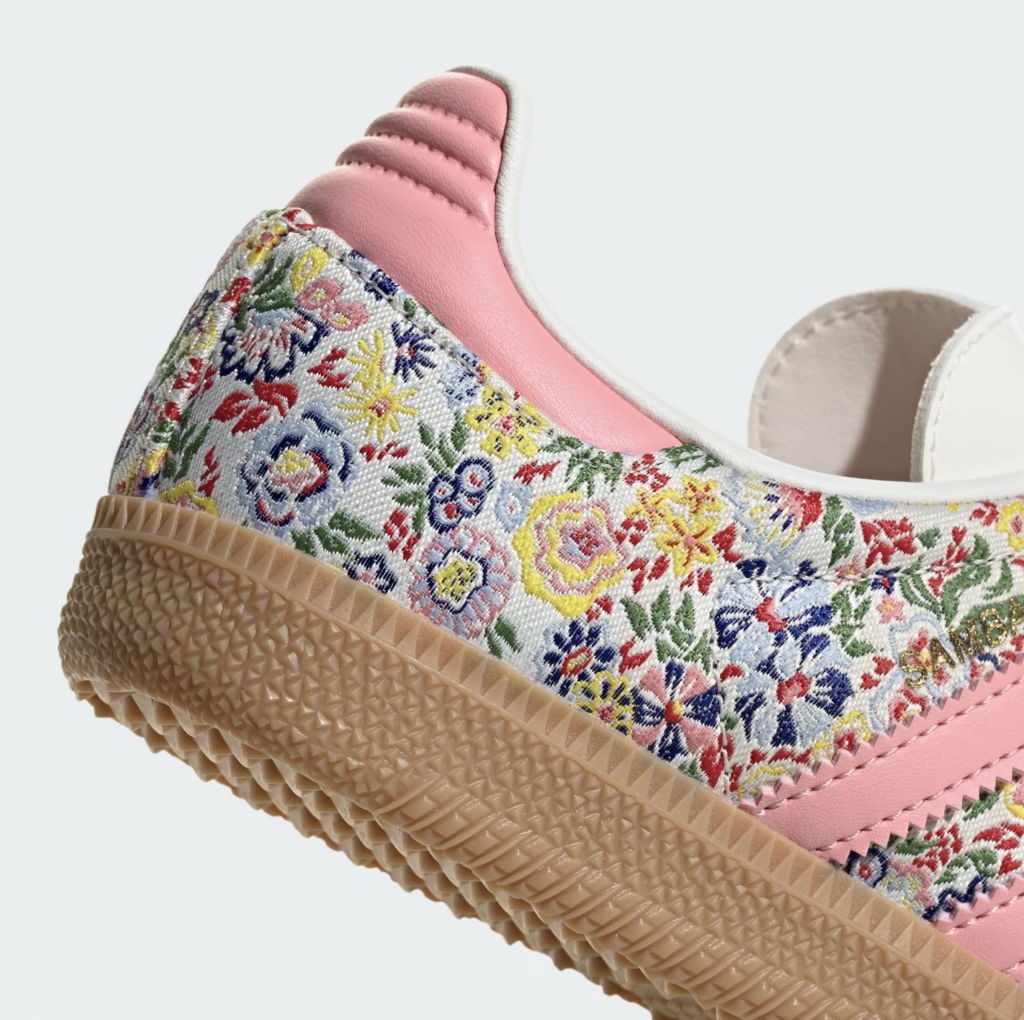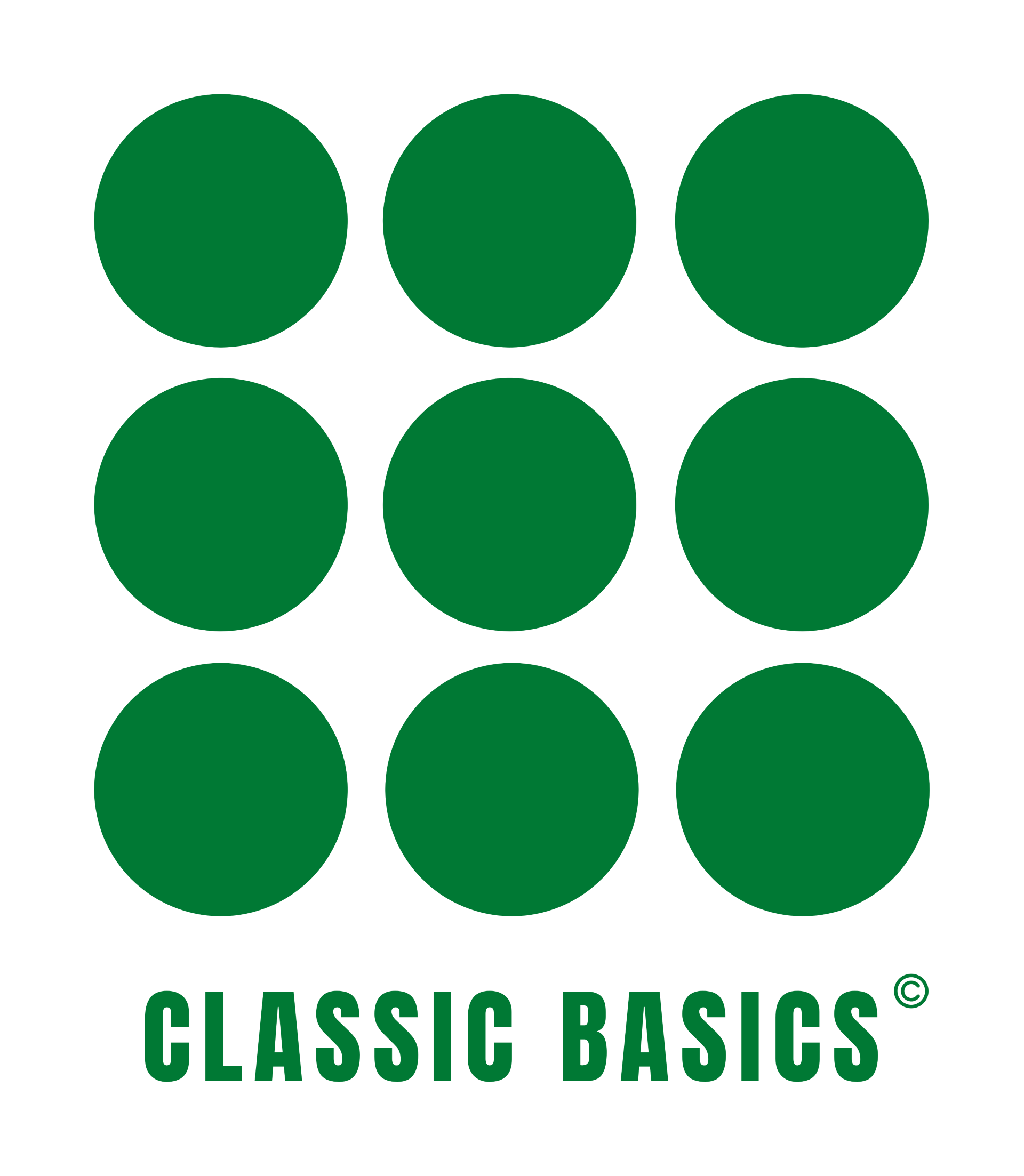High-Tops vs. Low-Tops: Which One Works Best for Your Style?
When it comes to sneakers, choosing between high-tops and low-tops can be a tough decision. Each style offers unique features, and selecting the right one depends on your personal preferences and needs. In this article, we’ll break down the key differences between high-top and low-top sneakers to help you find the perfect pair that aligns with your style and comfort.
What Are High-Tops and Low-Tops?
High-Top Sneakers
High-top sneakers are designed to extend above the ankle, providing added support and coverage. While originally crafted for athletes, particularly basketball players, these sneakers have become a staple in streetwear fashion. Their bold and edgy design makes a strong style statement.
Low-Top Sneakers
Low-top sneakers sit below the ankle, offering a lighter and more minimalistic design. These sneakers are incredibly versatile, pairing well with almost any outfit. Their casual yet stylish appeal has made them a favorite among sneaker enthusiasts worldwide.
High-Tops vs. Low-Tops: Pros and Cons
High-Tops
Pros:
- Extra Ankle Support: The extended design of high-tops offers more ankle stability, making them a great option for high-impact activities like basketball or skateboarding.
- Bold Look: High-tops often stand out due to their distinctive silhouette, making them an excellent choice if you want your sneakers to be a focal point of your outfit.
- Durability: Due to the added material, high-top sneakers can sometimes be more durable, especially when made with quality materials like leather or canvas.
Cons:
- Heavier Feel: The extra material can make high-tops feel heavier, which may not be ideal for long periods of wear.
- Less Breathable: With more coverage, high-tops tend to trap heat, which can be uncomfortable during warmer weather.
- Styling Challenges: Their bulkier look can be difficult to style with certain outfits, especially for those who prefer a more minimalist aesthetic.
Low-Tops
Pros:
- Lightweight and Comfortable: Low-top sneakers are generally lighter, making them a comfortable option for all-day wear.
- Versatile Style: They work well with a variety of clothing styles, from casual to semi-formal, making them more adaptable for different occasions.
- Breathability: With less coverage, low-tops allow for better airflow, making them ideal for warm climates.
Cons:
- Less Ankle Support: Low-top sneakers don’t offer the same level of ankle support as high-tops, which might not be ideal for sports or activities requiring extra stability.
- Subtle Appearance: If you’re someone who loves making a bold statement with your shoes, low-tops may seem too subtle.
How to Style High-Tops and Low-Tops
High-Tops
- Streetwear Look: Pair your high-tops with joggers or oversized t-shirts for a relaxed, trendy streetwear vibe.
- Denim Styles: High-top sneakers complement skinny or straight-leg jeans for a balanced look.
- Shorts: High-tops also work well with shorts, adding an edge to a laid-back summer outfit.
Low-Tops
- Casual Cool: Low-tops pair effortlessly with denim jeans or chinos, perfect for a casual day out.
- Smart-Casual: They can also be dressed up with a tailored blazer or a button-down shirt for a more polished appearance.
- Sporty Twist: Wear low-tops with skirts or dresses for a chic, sporty contrast.
Choosing the Right Sneaker for You
When deciding between high-tops and low-tops, think about the following factors:
- Your Style Preferences: Are you more into bold, statement-making fashion, or do you prefer a sleek, understated look?
- Comfort and Support: High-tops offer more support, while low-tops provide lighter, breathable comfort.
- Weather Considerations: In warmer weather, low-tops can keep you cooler, while high-tops are better for colder months.

